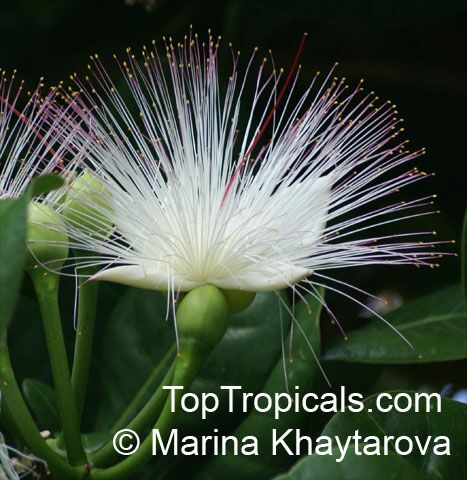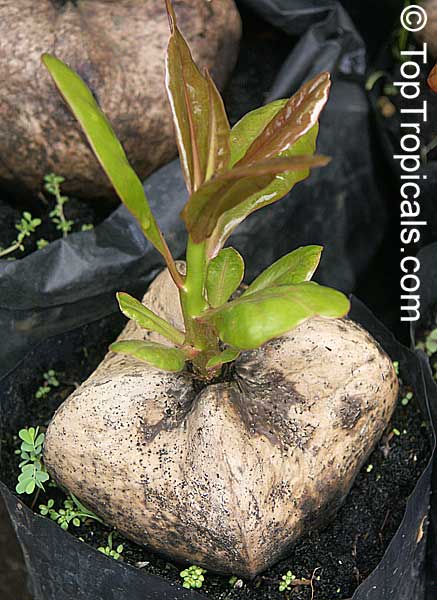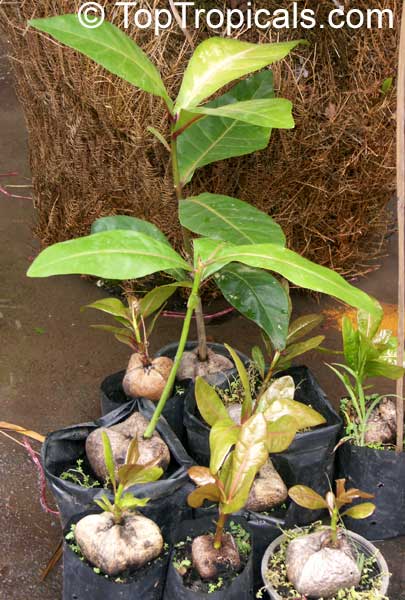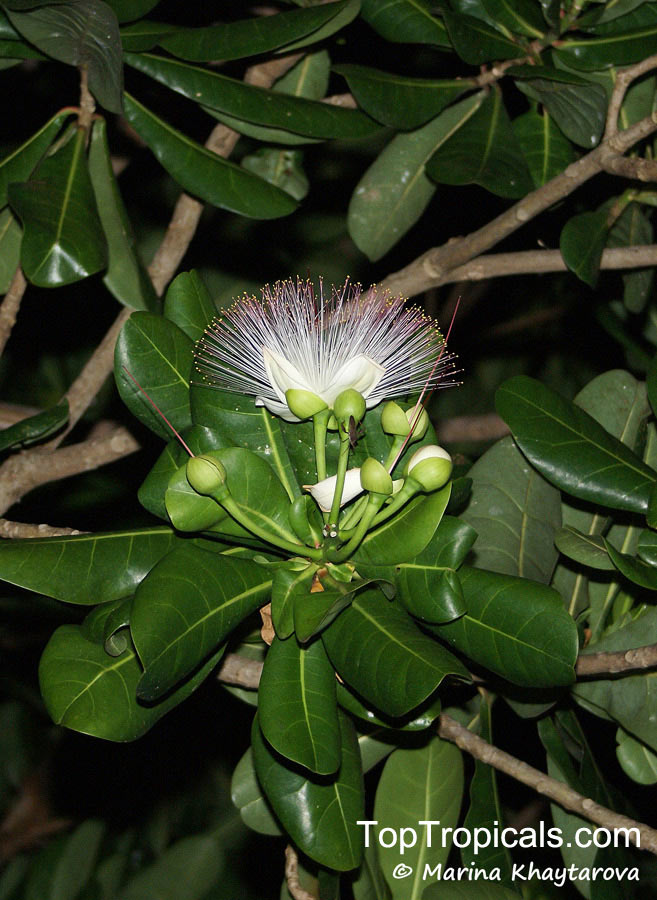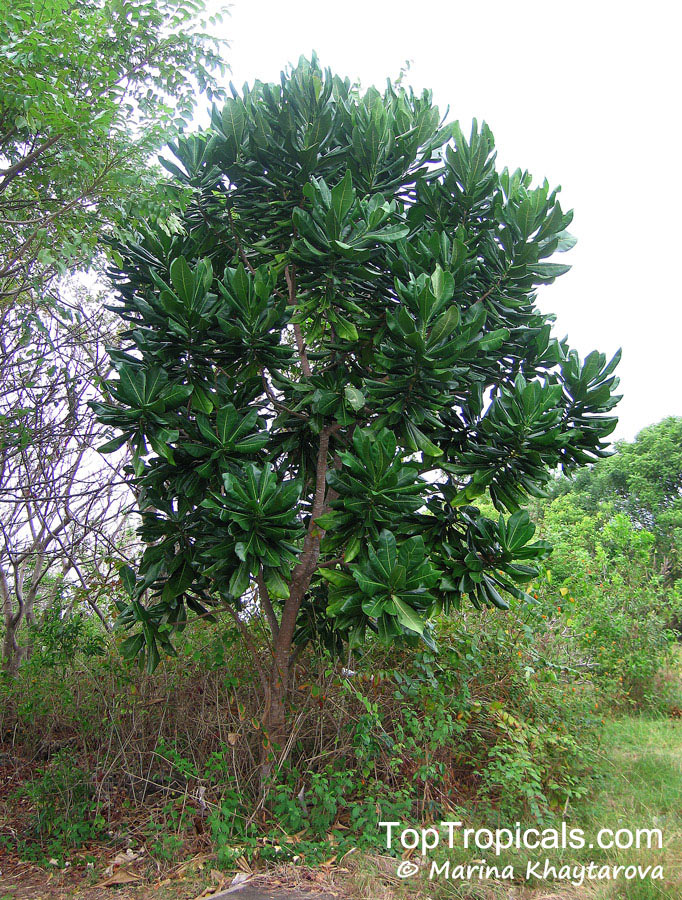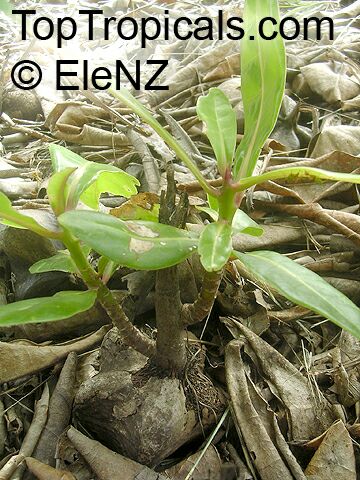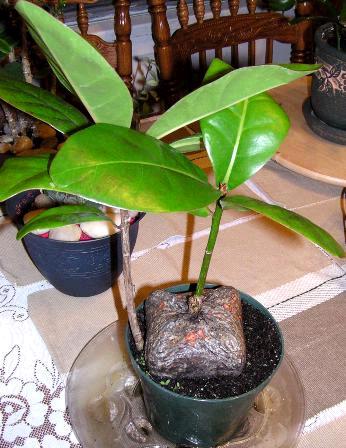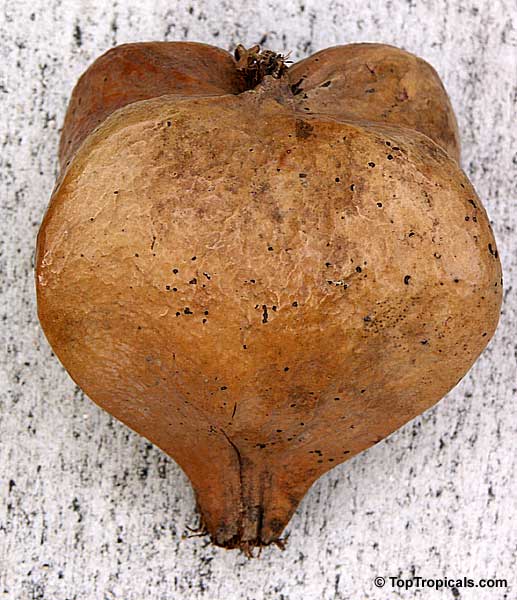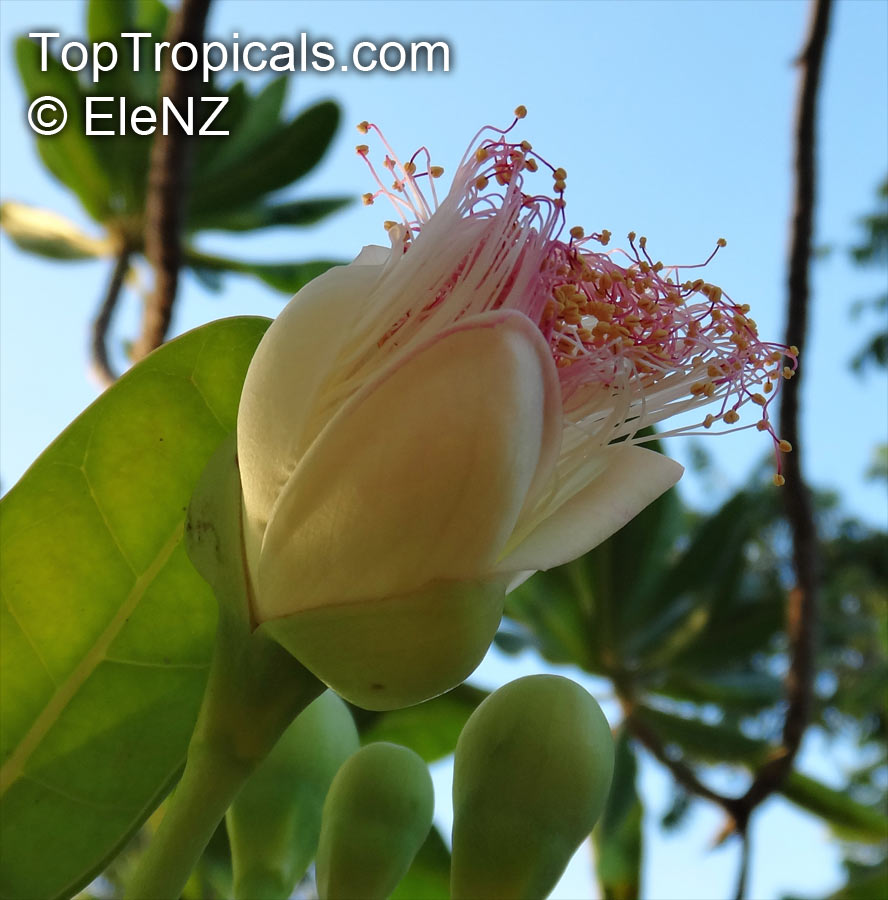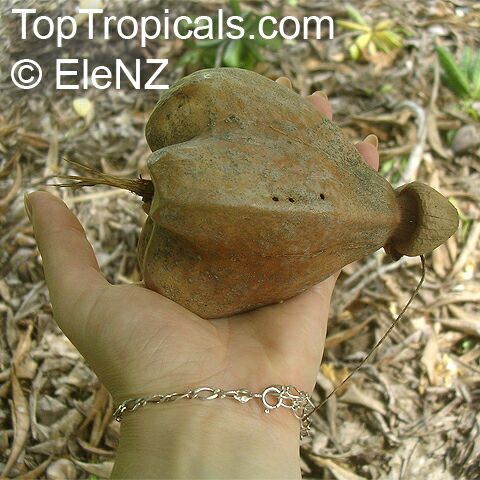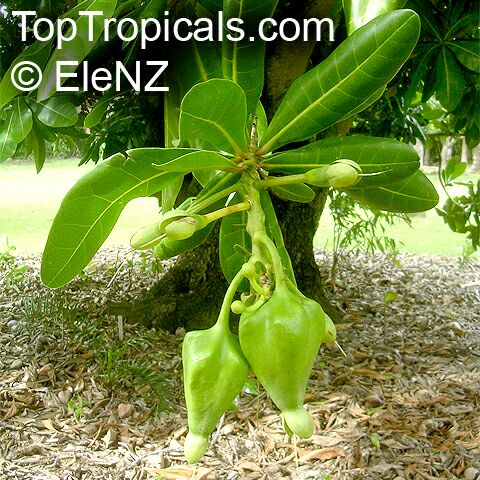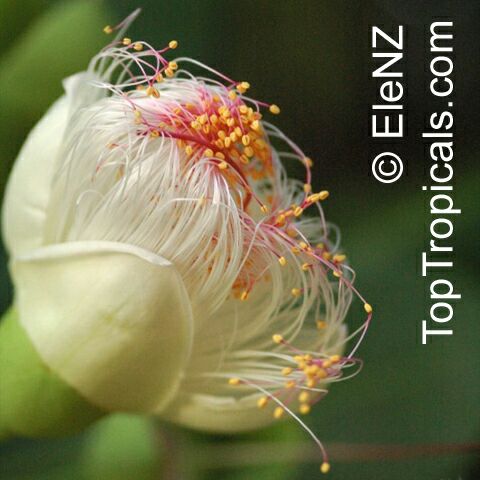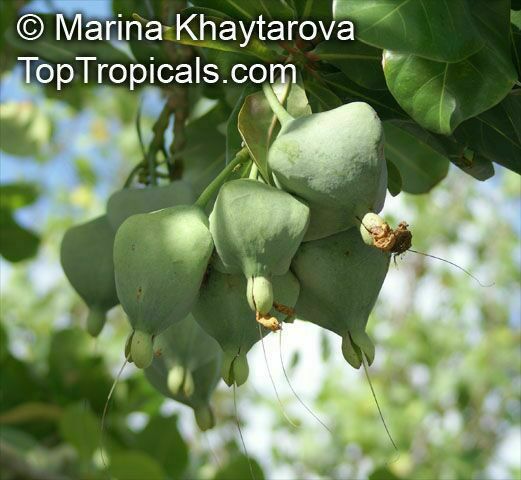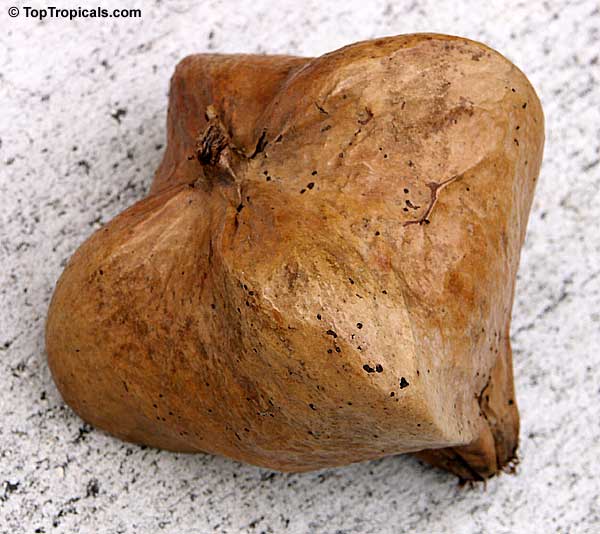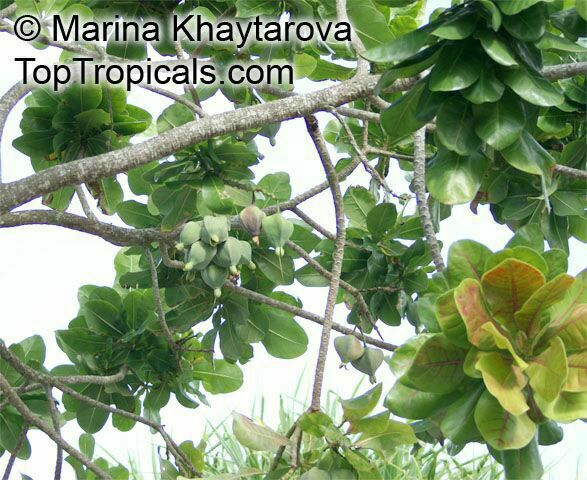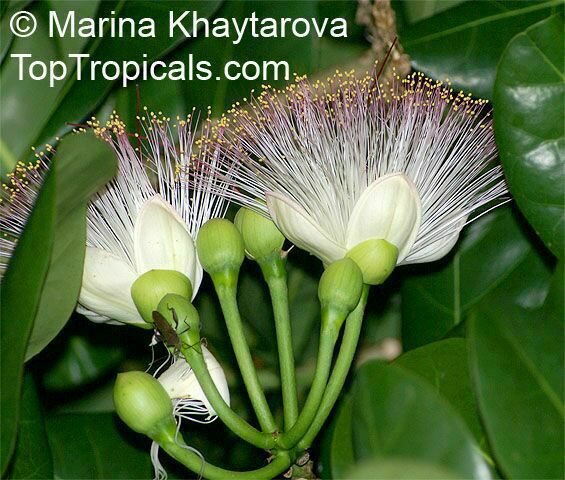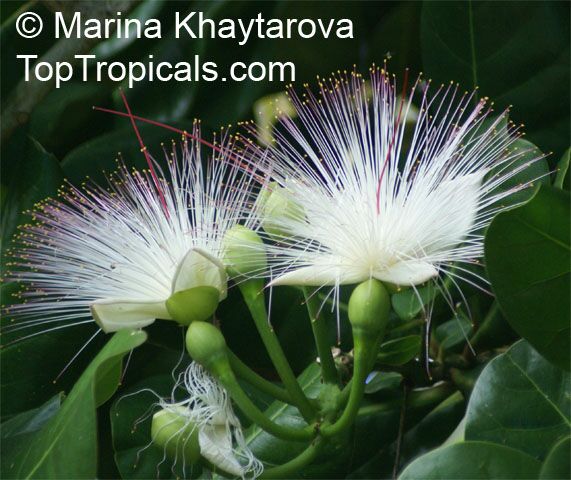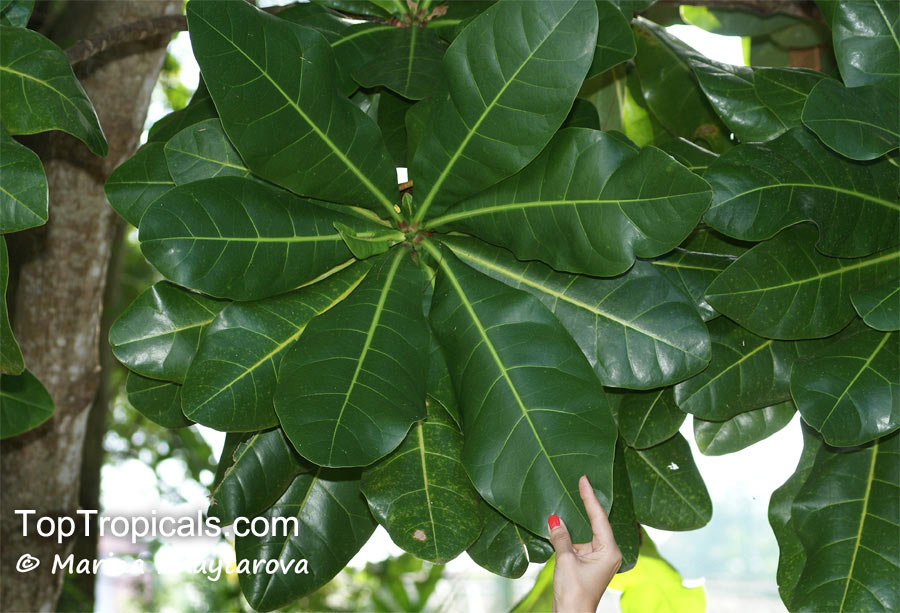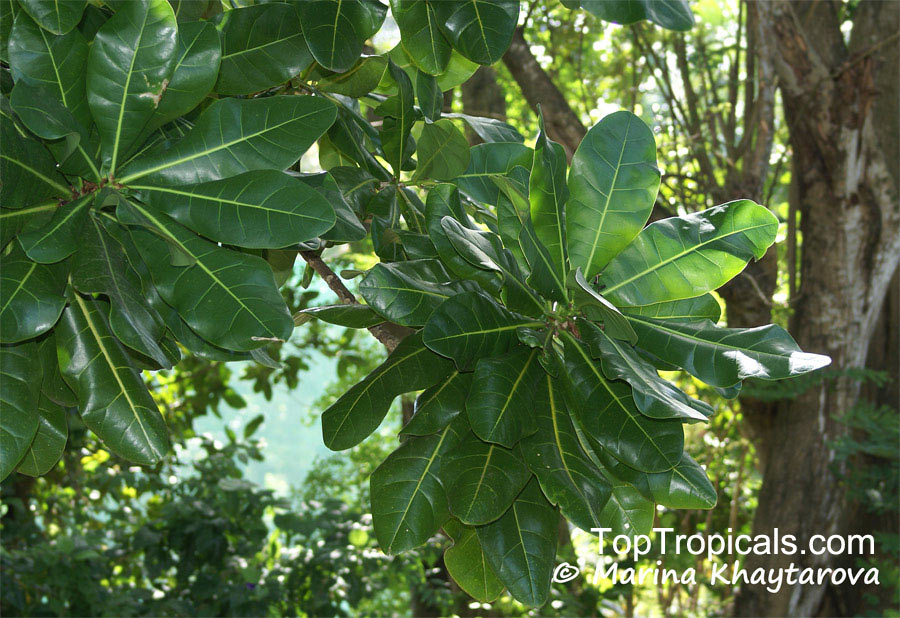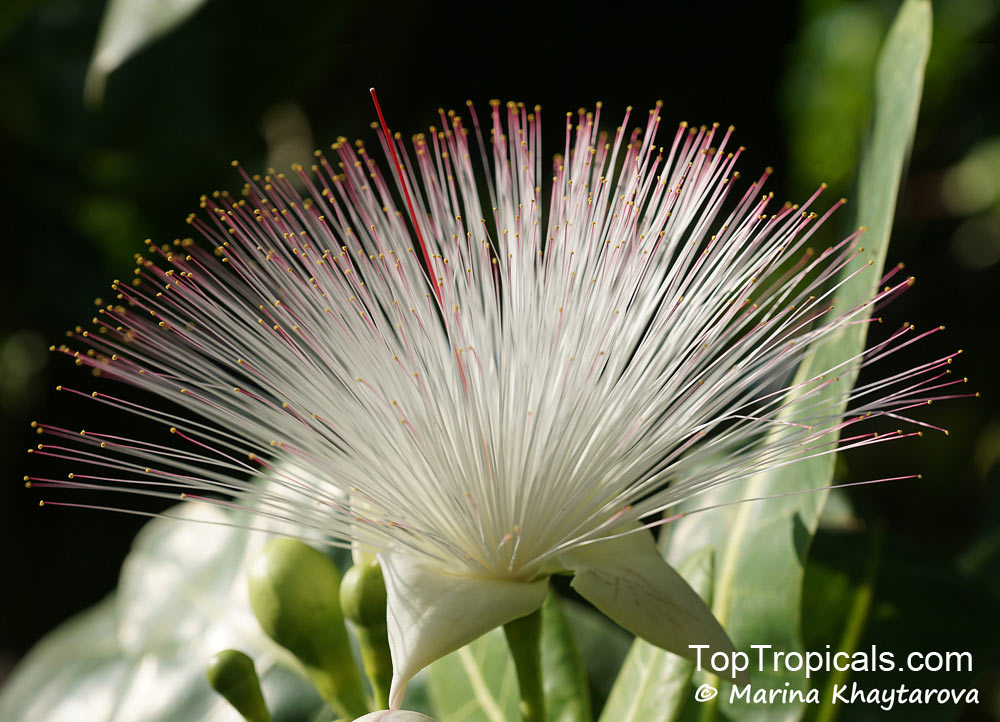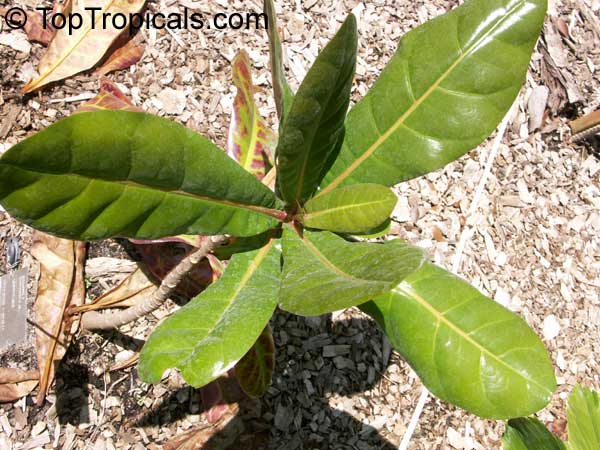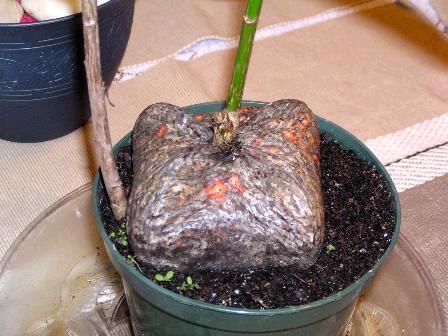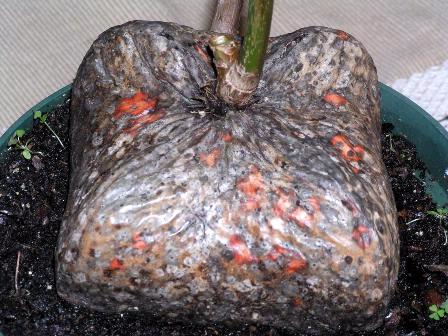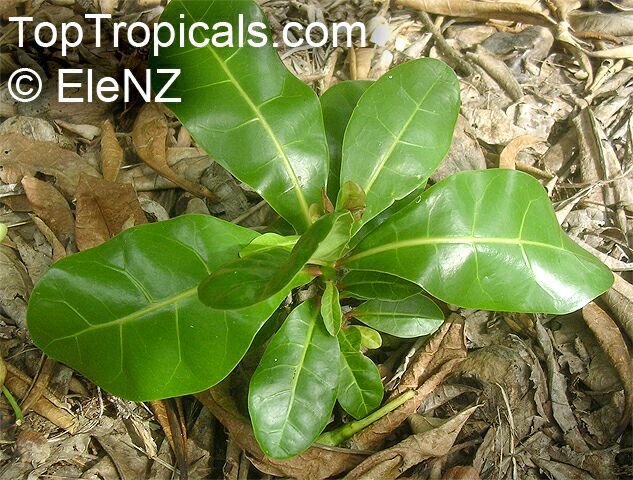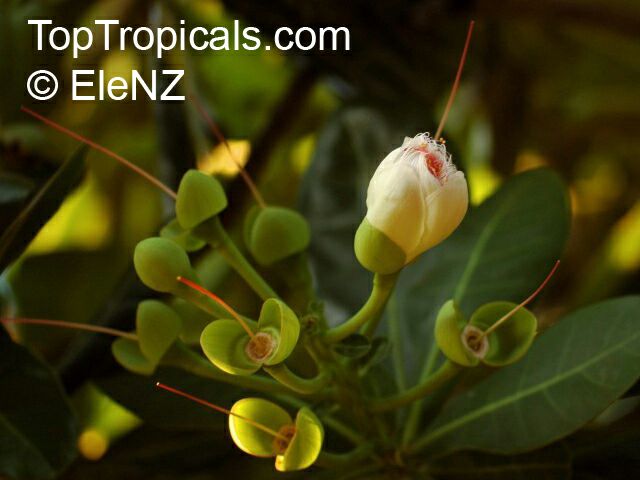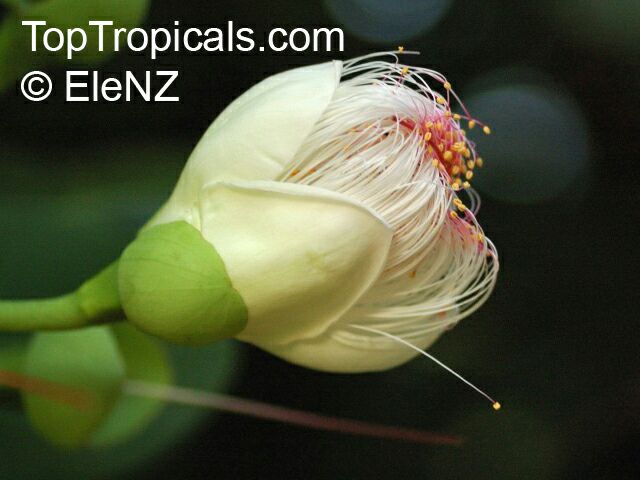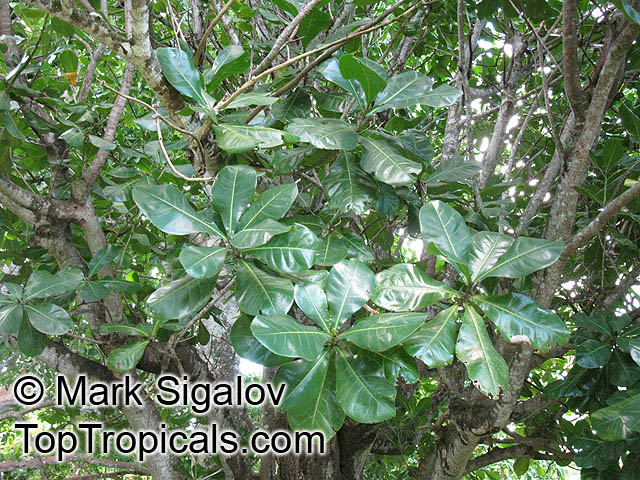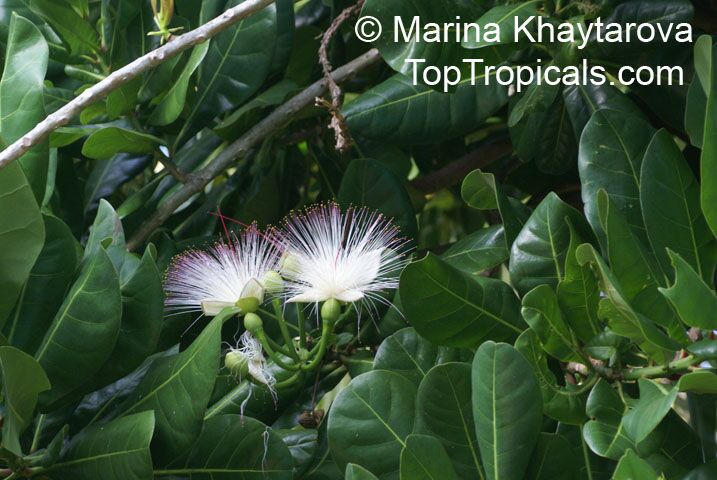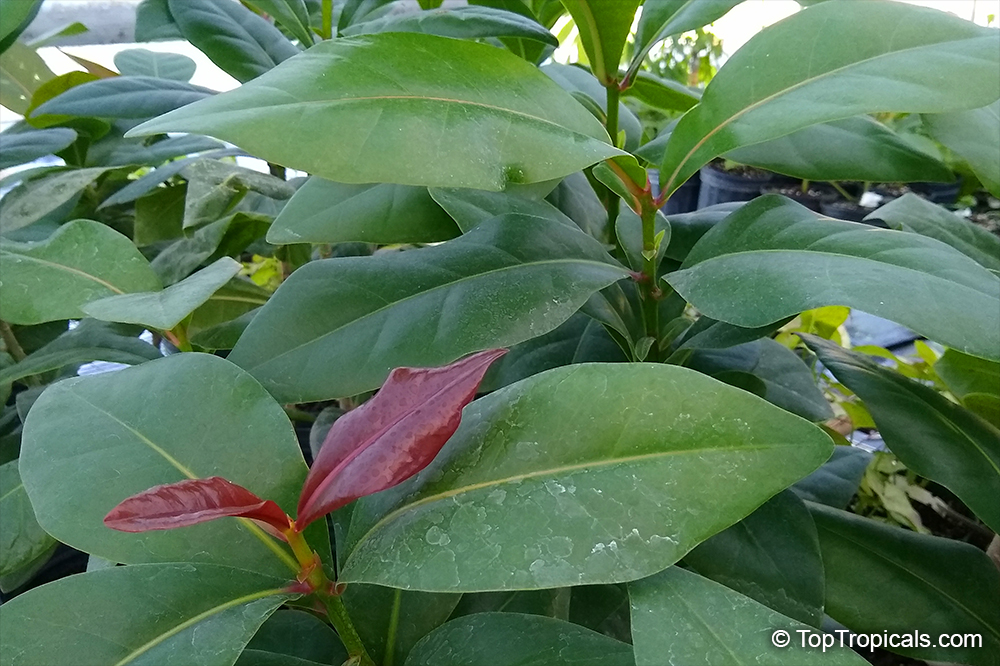Barringtonia asiatica (Sea Poison Tree)
Top Tropicals Plant Encyclopedia
Botanical names: Barringtonia asiatica, Mammea asiatica, Barringtonia speciosa, Agasta asiatica, Butonica rumphina
Common names: Sea Poison Tree, Langasat, Fish Poison Tree, Putat Laut, Butun, Butong, Pertun, Balubiton, Lugo, Motong-botong, Vuton
Family: Barringtoniaceae / Lecythidaceae
Origin: Coastal areas of: Indian, Madagascar, Philippines, Polynesia












Barringtonia asiatica, often called Sea Poison Tree, is native to Coastal areas of India, Madagascar, Philippines and Polynesia and can be used for bonsai. It is a small tree that can reach between 10-20 ft (3-6m), preferring full sun and moist soil. It produces fragrant, pink and white-off white flowers, often also attracting butterflies and hummingbirds. The plant is flood tolerant and tolerant of sea salt, making it an ideal choice for seaside plantings. It is poisonous or toxic and grown in USDA Zone 9-11. In colder regions, it can be grown in a pot with care.
This deciduous tree has large leaves held in rosettes at the ends of the branches, with young leaves being a beautiful bronze with pinkish veins. Old leaves may turn yellowish. Flowers are delightful puff balls of white stamens tipped with pink, which open at night and attract moths and nectar-feeding bats with their heavy scent. The fruits of the Sea Poison Tree take the shape of a lantern, with the outermost layer of the fruit wall being green and turning brown when ripe. The middle layer is spongy and contains air sacs to help the fruit float, and the innermost layer is hard and thick to protect the seed.
The plant has many ethnomedical uses, particularly in areas where it is native. The heated leaves are used to treat stomach ache and rheumatism (Philippines), while seeds are used to get rid of intestinal worms. Its saponin-rich parts are pounded, pulped or grated to release the poison and used to stun fish in freshwater streams, while the floating seeds are sometimes used as fishing floats. Easily reproduced by seeds, Barringtonia asiatica is a colorful and fragrant tree, making it a great choice for roadside plantings and other seaside plantings.
Similar plants: Barringtonia asiatica (Sea Poison Tree)
- Barringtonia acutangula (Freshwater Mangrove)
- Barringtonia calyptrata (Mango Pine)
- Barringtonia edulis (Cut Nut)
- Barringtonia papuana (Kun-job)
- Barringtonia racemosa (Putat Kampung)
- Barringtonia sp. (Barringtonia)
- Careya arborea (Cocky apple)
- Planchonia careya (Cocky Apple)
- Mammea americana (Mammee Apple)
